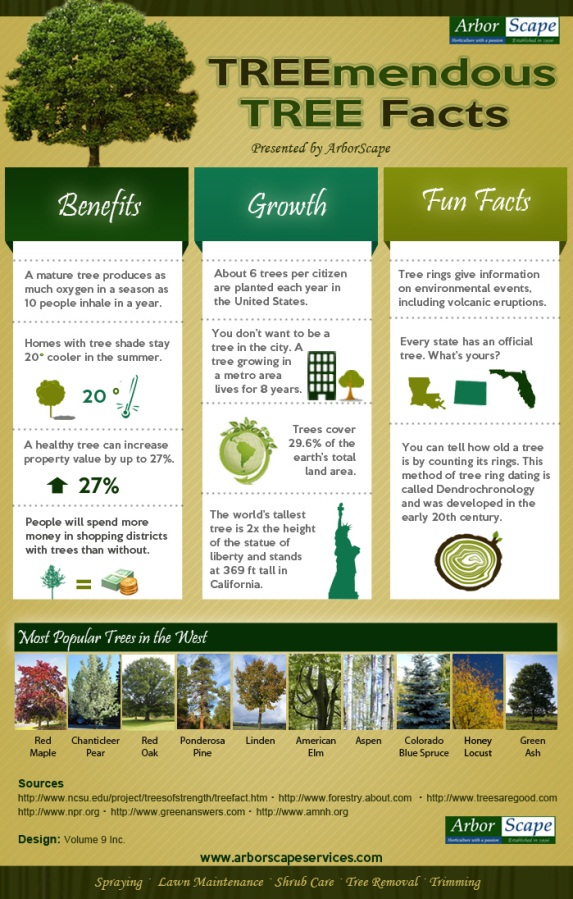The Environmental Impact Of Tree Elimination: What You Ought To Know
The Environmental Impact Of Tree Elimination: What You Ought To Know
Blog Article
Web Content Produce By-Ashworth Lyon
When it comes to the ecological effect of tree elimination, there are vital facets that require your attention. From the intricate web of relationships within ecosystems to the succeeding impacts on climate patterns, the effects are extensive. You might be surprised to uncover the complex methods which the removal of trees can reverberate throughout the environment. Stay tuned to decipher the intricate connections and effects of this apparently straightforward act.
Deforestation and Habitat Loss
Deforestation and habitat loss are important issues originating from tree removal. When trees are lowered, it interrupts entire communities. Not only are the trees themselves lost, but the homes and food resources of countless plant and animal types are destroyed too. Birds shed their nesting websites, mammals shed their sanctuary, and insects shed their environments. The results surge via the food cycle, impacting predators and prey alike.
Additionally, logging contributes to climate adjustment. Trees play an essential function in absorbing co2, a greenhouse gas that catches heat in the environment. With less trees, there's much less co2 absorption, leading to raised degrees of this gas in the environment and intensifying international warming.
Habitat loss is a direct outcome of logging, as the devastation of forests means the loss of distinct and varied ecosystems. Numerous varieties are unable to adapt to fast modifications in their atmosphere, bring about populace decreases and, in many cases, extinction.
Securing forests is vital to maintaining the fragile equilibrium of nature and ensuring the survival of plenty of plant and pet types.
Effect on Biodiversity
The elimination of trees has a substantial effect on biodiversity, influencing the range and abundance of plant and pet types in a location. Trees offer environment and food sources for many microorganisms, from pests to birds to creatures. When trees are eliminated, these varieties lose their homes and sources of nutrition, leading to a decline in their populations. This disruption can have cascading effects on the entire community.
In addition, trees play an important role in preserving biodiversity by producing microhabitats within their covers, trunks, and origins that sustain a vast array of types. When trees are lowered, these specialized settings are damaged, reducing the overall diversity of the area.
In addition, the removal of trees can lead to a reduction in genetic variety within plant populations, as particular tree varieties might no longer have the ability to duplicate or disperse properly. Securing trees and woodlands is necessary for maintaining biodiversity and ensuring the health and wellness of ecosystems for future generations.
Dirt Disintegration and Environment Adjustment
With trees being gotten rid of from an area, the disruption of soil framework and security takes place, resulting in boosted soil erosion. Trees play a crucial function in protecting against disintegration by holding dirt in position with their root systems. When trees are removed, specifically in multitudes, the soil becomes more susceptible to disintegration from wind and water. This erosion not only affects the prompt surroundings yet can likewise bring about sedimentation in neighboring water bodies, affecting water quality and water ecosystems.
Moreover, Pear Tree Pruning aid regulate the climate by absorbing co2 throughout photosynthesis. When trees are cut down, this all-natural carbon sink is lessened, contributing to increased levels of greenhouse gases in the ambience. This can exacerbate climate modification, resulting in even more extreme weather occasions and disruptions in ecosystems worldwide.
For that reason, the elimination of trees not only accelerates soil disintegration however also contributes in the bigger environmental problem of environment change. It's critical to think about these variables when examining the effects of tree removal on the setting.
Final thought
Since you know the environmental influence of tree elimination, consider the consequences before lowering trees. Logging interrupts ecosystems, reduces biodiversity, and contributes to dirt erosion and climate change. By being mindful of the influence of tree elimination, you can help safeguard our atmosphere and preserve the delicate balance of nature. Make notified https://screenrant.com/animal-crossing-new-horizons-graveyard-design-ideas-tips/ and consider alternate solutions to lessen the negative results on our earth.
